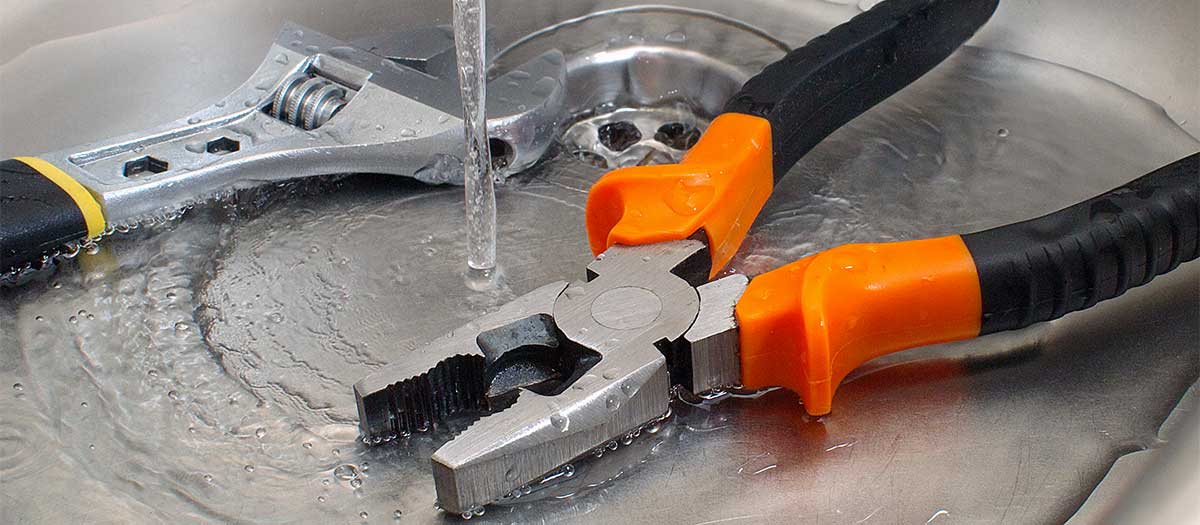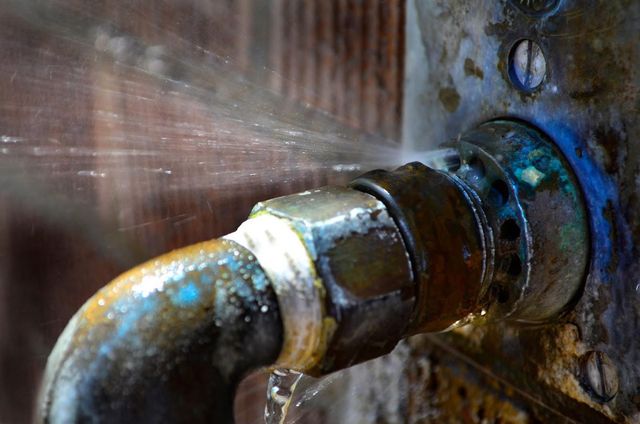Are you searching for advice about Leaking water lines?

Early discovery of dripping water lines can minimize a prospective catastrophe. Some tiny water leakages may not be noticeable.
1. Take A Look At the Water Meter
Every house has a water meter. Examining it is a surefire manner in which helps you uncover leakages. For starters, turn off all the water sources. Make sure no person will certainly flush, utilize the tap, shower, run the cleaning machine or dishwashing machine. From there, most likely to the meter and watch if it will change. Since no one is using it, there must be no activities. If it relocates, that shows a fast-moving leakage. Furthermore, if you spot no changes, wait an hour or 2 as well as inspect back again. This means you may have a slow leak that might even be below ground.
2. Check Water Intake
If you identify abrupt modifications, in spite of your intake being the exact same, it implies that you have leakages in your plumbing system. An unexpected spike in your bill indicates a fast-moving leakage.
A steady rise every month, even with the exact same habits, shows you have a slow-moving leakage that's also gradually rising. Call a plumber to extensively examine your residential or commercial property, specifically if you really feel a cozy location on your flooring with piping beneath.
3. Do a Food Coloring Examination
When it involves water intake, 30% comes from bathrooms. Test to see if they are running correctly. Drop flecks of food shade in the container as well as wait 10 mins. If the shade in some way infiltrates your dish throughout that time without flushing, there's a leakage in between the container and also dish.
4. Asses Exterior Lines
Don't neglect to inspect your outdoor water lines too. Test spigots by attaching a garden hose pipe. Needs to water permeate out of the connection, you have a loosened rubber gasket. Replace this and also guarantee all links are limited. If you've got an automatic sprinkler, it will help get it skillfully checked out and preserved every year. One little leakage can squander tons of water and also increase your water bill.
5. Evaluate the situation and inspect
Homeowners should make it a routine to inspect under the sink counters as well as even inside cabinets for any kind of bad odor or mold growth. These 2 warnings suggest a leak so prompt attention is needed. Doing routine inspections, even bi-annually, can conserve you from a significant issue.
Examine for discolorations as well as deteriorating as many home appliances and pipes have a life span. If you think dripping water lines in your plumbing system, don't wait for it to escalate.
Early discovery of dripping water lines can alleviate a possible catastrophe. Some small water leaks may not be visible. Checking it is a guaranteed method that assists you find leakages. One small leak can lose lots of water and spike your water expense.
If you believe leaking water lines in your plumbing system, do not wait for it to intensify.
WARNING SIGNS OF WATER LEAKAGE BEHIND THE WALL
PERSISTENT MUSTY ODORS
As water slowly drips from a leaky pipe inside the wall, flooring and sheetrock stay damp and develop an odor similar to wet cardboard. It generates a musty smell that can help you find hidden leaks.
MOLD IN UNUSUAL AREAS
Mold usually grows in wet areas like kitchens, baths and laundry rooms. If you spot the stuff on walls or baseboards in other rooms of the house, it’s a good indicator of undetected water leaks.
STAINS THAT GROW
When mold thrives around a leaky pipe, it sometimes takes hold on the inside surface of the affected wall. A growing stain on otherwise clean sheetrock is often your sign of a hidden plumbing problem.
PEELING OR BUBBLING WALLPAPER / PAINT
This clue is easy to miss in rooms that don’t get much use. When you see wallpaper separating along seams or paint bubbling or flaking off the wall, blame sheetrock that stays wet because of an undetected leak.
BUCKLED CEILINGS AND STAINED FLOORS
If ceilings or floors in bathrooms, kitchens or laundry areas develop structural problems, don’t rule out constant damp inside the walls. Wet sheetrock can affect adjacent framing, flooring and ceilings.
https://www.servicemasterbyzaba.com/blog/how-to-detect-water-leakage-in-walls/

As a devoted reader about Locating water leaks, I thought sharing that piece of content was essential. In case you liked our blog posting if you please make sure you remember to share it. Thank you for taking the time to read it.